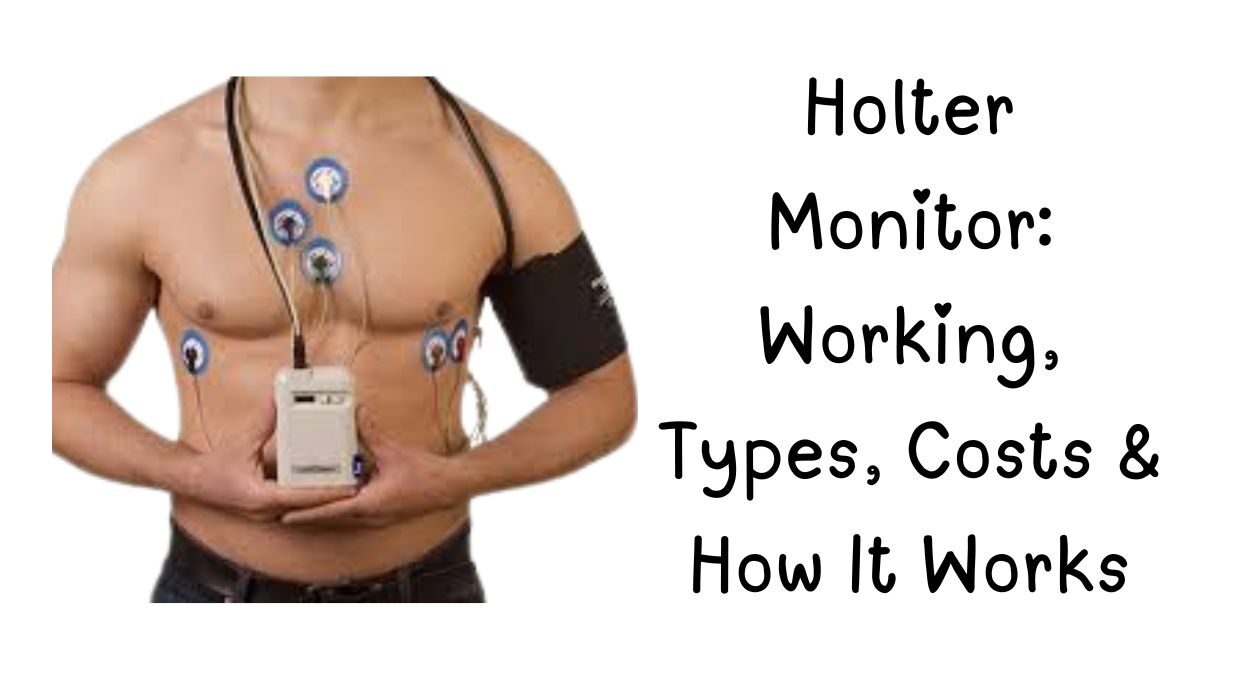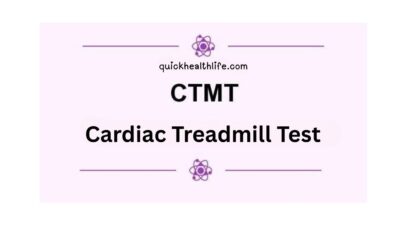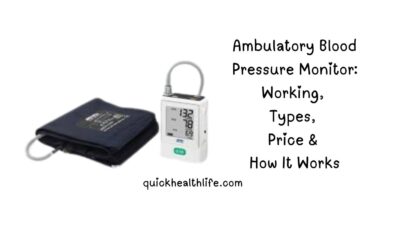What is a Holter Monitor?
Holter monitoring is a form of ambulatory ECG that involves wearing a compact, portable device to record heart activity continuously. The device records electrical impulses of the heart for 24 to 48 hours or longer while the individual continues daily activities. This continuous monitoring allows doctors to identify irregular heart rhythms or other heart issues that might not appear during a short ECG test.
Table of Contents
When is Holter Monitoring Recommended?
Holter monitoring is prescribed when heart-related symptoms occur irregularly and may not be caught during a brief ECG.
Here are the most common scenarios:
1. Frequent Palpitations or Irregular Heartbeats
- Detects intermittent arrhythmias not visible on a standard ECG.
- Helps identify causes of skipped beats or rapid heartbeat.
2. Unexplained Dizziness or Fainting
- Captures heart activity during syncope (fainting) or dizziness episodes.
- Determines if symptoms are linked to irregular heart rhythms.
3. Chest Pain Without a Clear Cause
- Helps rule in or rule out heart-related causes of unexplained chest pain.
4. Assessing Treatment Effectiveness
- Monitors how well anti-arrhythmic medications or other heart treatments are working.
5. Post-Surgery or Post-Heart Attack Monitoring
- Tracks heart recovery after bypass surgery, valve replacement, or myocardial infarction.
6. Chronic Heart Condition Surveillance
- Monitors heart function in patients with hypertension, heart failure, or congenital defects.
7. Heart Rate Variability (HRV) Analysis
- Assesses overall cardiac health and autonomic function.
8. Pediatric & Postpartum Heart Assessment
- Detects arrhythmias in children/adolescents and postpartum mothers with palpitations or dizziness.
Holter Monitor Types
1. Standard 24–48 Hour Holter onitor
- Description: The most common type, worn for one or two days.
- Features: Continuous ECG recording with wired electrodes attached to the chest.
- Best For: Detecting daily arrhythmias, palpitations, or unexplained dizziness.
- Pros: Simple setup, widely available.
- Cons: Limited monitoring period; may miss infrequent arrhythmias.
2. Extended Holter Monitors (7–14 Days)
- Description: Worn for up to two weeks.
- Features: Lightweight, sometimes patch-based; better for catching infrequent heart rhythm problems.
- Best For: Patients with occasional symptoms that don’t occur daily.
- Pros: Higher detection rate of intermittent arrhythmias.
- Cons: Longer wear time can be inconvenient for some users.
3. Holter Monitor Patch
- Description: Wireless, adhesive patch applied directly to the skin (e.g., Zio Patch).
- Features: Records ECG without wires; water-resistant for showering.
- Best For: Comfort-focused patients or those needing discreet monitoring.
- Pros: Comfortable, minimal lifestyle disruption.
- Cons: Limited reusability; may cause skin irritation for sensitive individuals.
4. Wireless / Real-Time Holter Monitors
- Description: Transmits heart data to a monitoring center in real-time.
- Features: Cellular or Bluetooth technology for continuous remote supervision.
- Best For: High-risk cardiac patients who require immediate intervention if abnormalities occur.
- Pros: Immediate alerts for dangerous arrhythmias.
- Cons: More expensive; requires network connectivity.
5. Event-Triggered Holter Monitors
- Description: Can function as a standard Holter but also allows patients to press a button when symptoms occur.
- Features: Captures extra data around symptom-triggered events.
- Best For: Patients with occasional chest pain or palpitations.
- Pros: Combines continuous and event-based monitoring.
- Cons: Relies on patient compliance.
What to Expect During Holter Monitoring
Holter monitoring is simple and painless. Here’s how it works:
| Step | What Happens |
|---|---|
| Preparation | Electrodes placed on your chest; mild skin irritation possible. |
| Wearing Device | Lightweight monitor worn for 24–48 hrs; avoid bathing or swimming. |
| Symptom Log | Note times when you feel chest pain, dizziness, or palpitations. |
| Post-Test | Device removed, data analyzed by cardiologist, results discussed in follow-up. |
Key Benefits of Holter Monitoring
- Comprehensive Analysis – Continuous tracking captures irregularities a short ECG might miss.
- Non-Invasive – No needles or surgery required.
- Accurate Diagnosis – Increases detection rates for hidden arrhythmias.
- Treatment Monitoring – Helps doctors adjust medications or therapies.
Limitations & Risks
- Limited Window – May miss issues if they occur outside the monitoring period.
- Skin Irritation – Mild redness from adhesive patches is possible.
- May Require Further Testing – Complex cases might need event monitors or implantable loop recorders.
Holter Monitor vs Other Heart Monitoring Devices
| Device | Duration | Best For |
|---|---|---|
| Holter Monitor | 24–48 hours | Frequent daily symptoms, treatment monitoring |
| Event Monitor | Weeks–Months | Sporadic symptoms, less frequent arrhythmias |
| Implantable Loop Recorder | Up to 3 years | Long-term monitoring, unexplained fainting episodes |
| Standard ECG | Minutes | Routine screening, emergency assessment |
Holter Monitor Cost
The Holter monitor Cost can vary based on location, healthcare provider, and duration of the test.
- India: ₹1,500 – ₹4,500
- US: $200 – $1,000 (insurance coverage may apply)
- UK: £150 – £400
Holter Monitor Side Effects
Holter monitoring is generally safe, but mild issues may occur:
- Skin irritation or rash from electrodes
- Discomfort from adhesive patches
- Rare allergic reactions to gel pads



